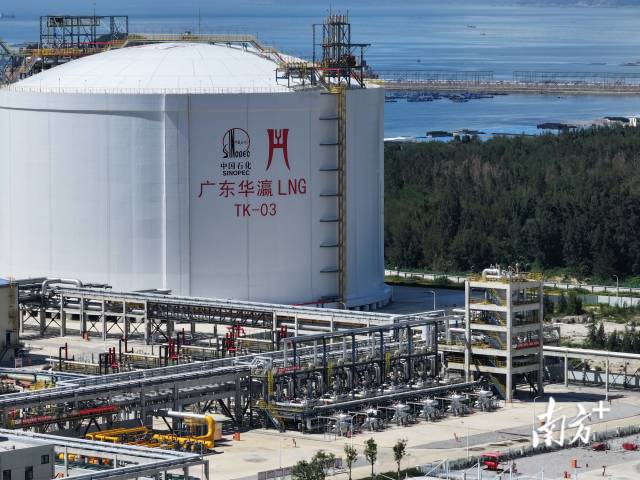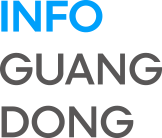Recently, the economic data for the first three quarters of 2025 across all 21 cities in Guangdong Province has been released. Chaozhou's gross domestic product (GDP) experienced a year-on-year growth of 5.0%, tying for third place with Zhanjiang, following Meizhou (6.0%) and Shenzhen (5.5%) in Guangdong.

In the first three quarters of 2025, Chaozhou's total regional GDP reached 104.252 billion yuan, with a year-on-year growth of 5.0%. This growth rate was 1.3 percentage points higher than that of the same period last year.
The city's total output value of agriculture, forestry, animal husbandry, and fishery reached 18.455 billion yuan in the first three quarters, with a year-on-year increase of 6.2%. This growth rate ranked first in Guangdong alongside Shaoguan. The output of major agricultural and livestock products showed positive momentum: tea production rose by 9.5% to 31,300 tons; the output of leafy vegetables, fruits, and aquatic products grew by 16.4%, 3.9%, and 5.9% respectively.

In the first three quarters, the city's fixed-asset investment saw a year-on-year growth of 2.2%, ranking first in the province. In terms of sectors, more efforts were made to support major national strategies and enhance security capacity in key areas, driving infrastructure investment up by 28.4%. Within infrastructure, investment in key areas continued to gain momentum, with investment in public facility management, electricity and heat production and supply, and rail transportation rising by 87.5%, 57.8%, and 18.7% respectively. Stimulated by large-scale equipment renewal policies, investment in industrial technological transformation also maintained robust growth of 37.5%.
In the first three quarters, the total value added of industrial enterprises above the designated size across the city grew by 1.2% year-on-year. In terms of sectors, the value added of the manufacturing industry rose by 0.8%, while the value added of the production and supply industry of electricity, heat, gas, and water increased by 2.4%, including a 13.2% rise in gas production and supply. For the city's eight pillar industries above the designated size, the value-added output increased by 2.7%. Among them, the value-added output in electronics, stainless steel, printing, food, and ceramics rose by 9.5%, 6.3%, 3.9%, 3.9%, and 3.2% respectively.
As of the end of September, the outstanding deposits in domestic and foreign currencies in the city's financial institutions stood at 232.905 billion yuan, up 6.9% year-on-year. In this regard, the balance of household deposits reached 180.418 billion yuan, up 7.9% year-on-year. The balance of domestic and foreign currency loans amounted to 97.848 billion yuan, with a year-on-year increase of 9.2%. In this regard, household loans rose by 9.7% year-on-year, while loans to enterprises and institutions grew by 8.9% year-on-year.
In the first three quarters, the per capita disposable income of all residents in the city reached 24,473 yuan, with a year-on-year increase of 4.9% and a real increase of 5.5% after adjusting for price changes. In terms of urban and rural areas, the per capita disposable income of urban residents was 26,412 yuan, with a year-on-year increase of 4.1%; the per capita disposable income of rural residents was 20,814 yuan, with a year-on-year increase of 6.4%. The ratio of per capita income between urban and rural residents was 1.27.
Photo | Nanfang Plus
Editor | Zhang Xuanzhen (intern), Wei Shen, James Campion, Shen He






